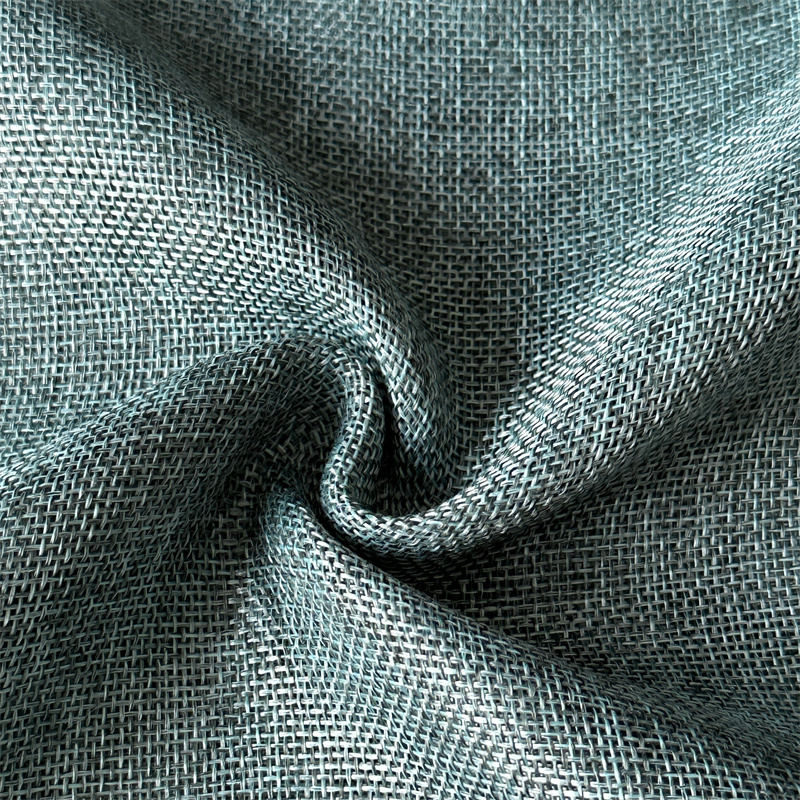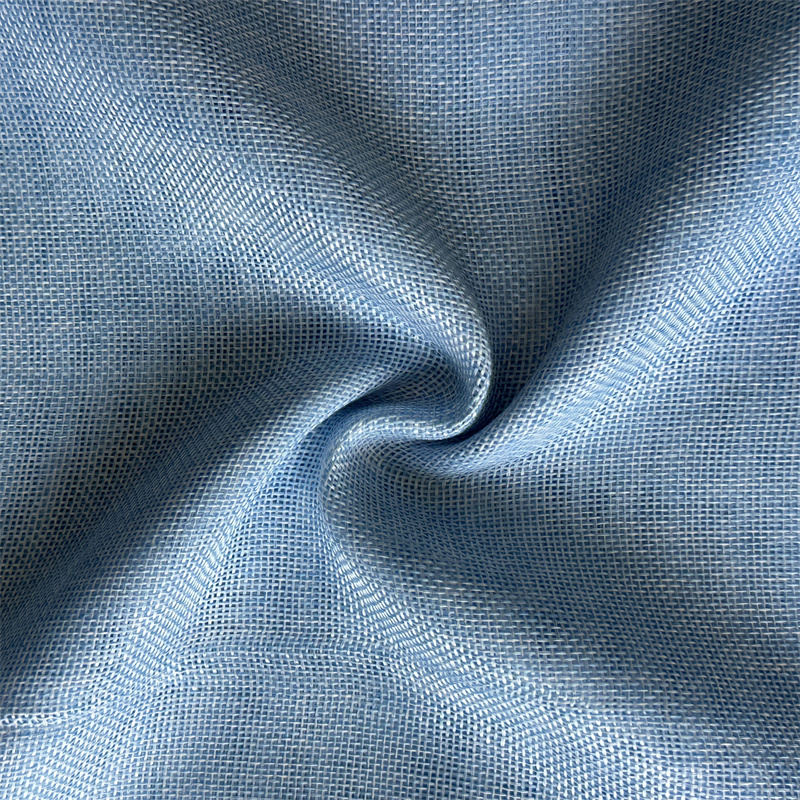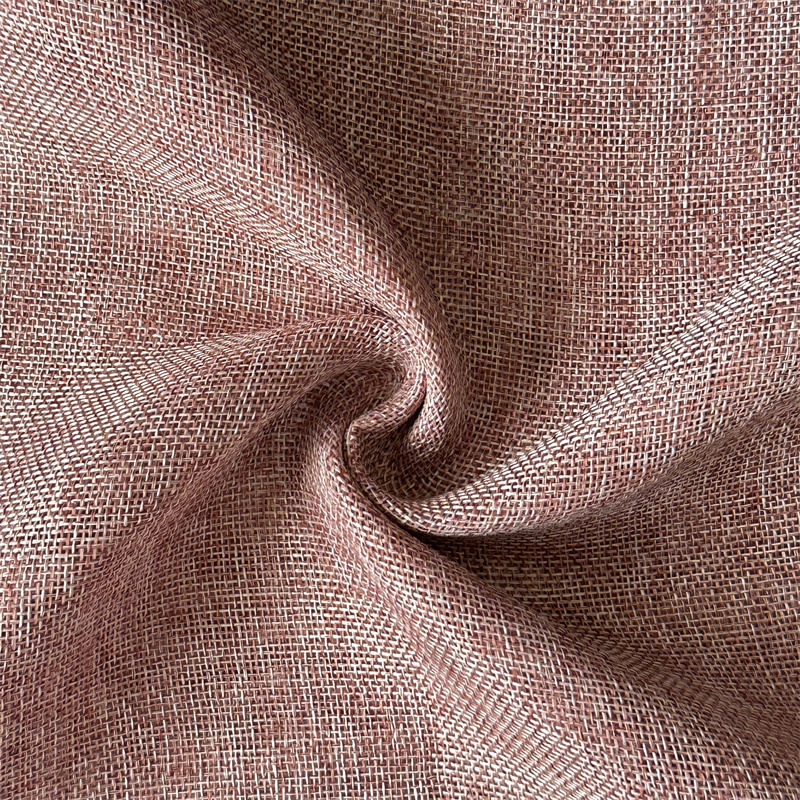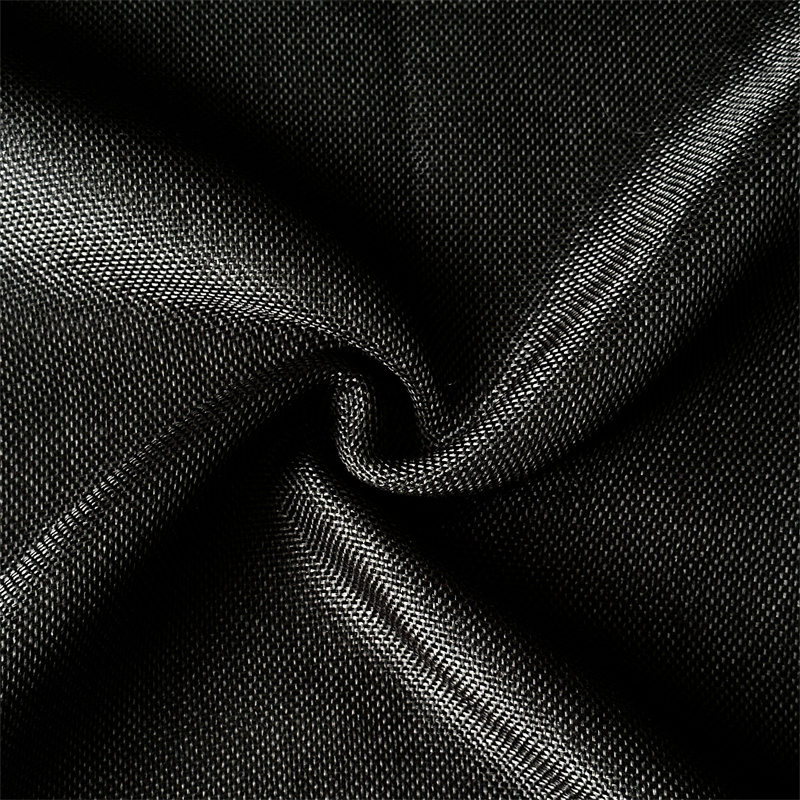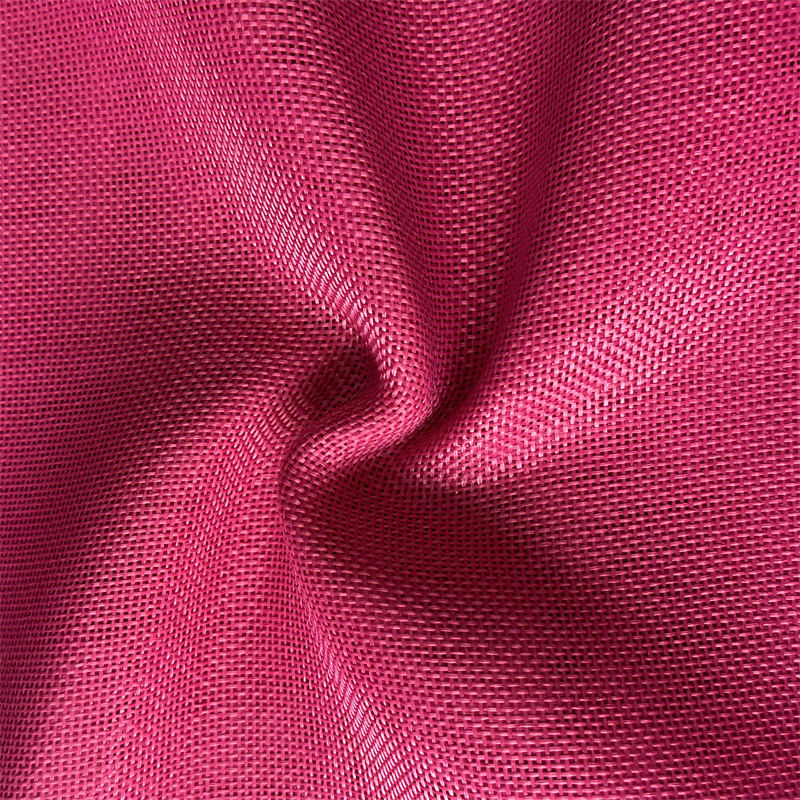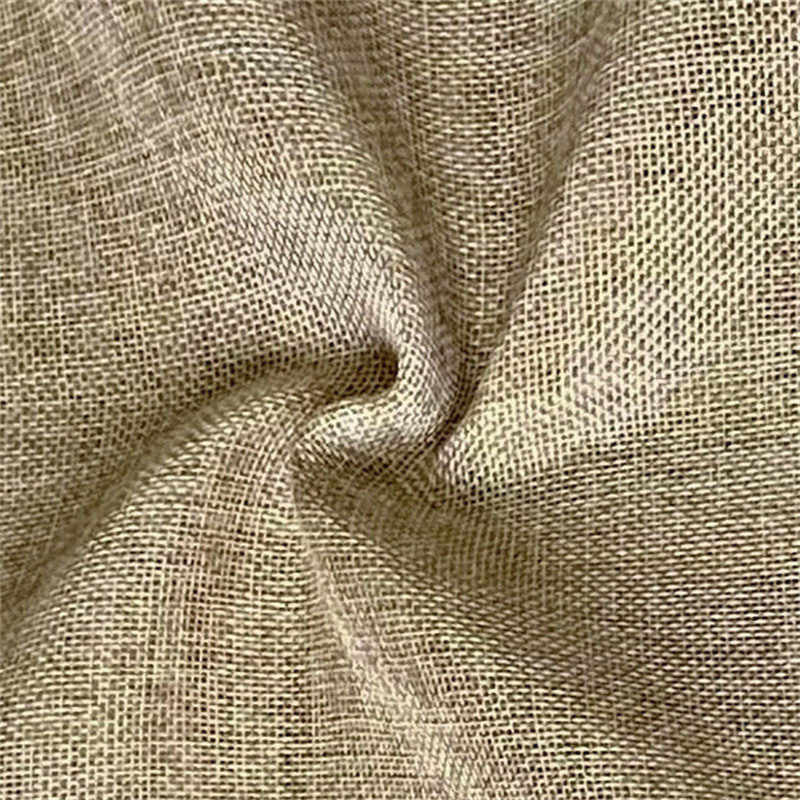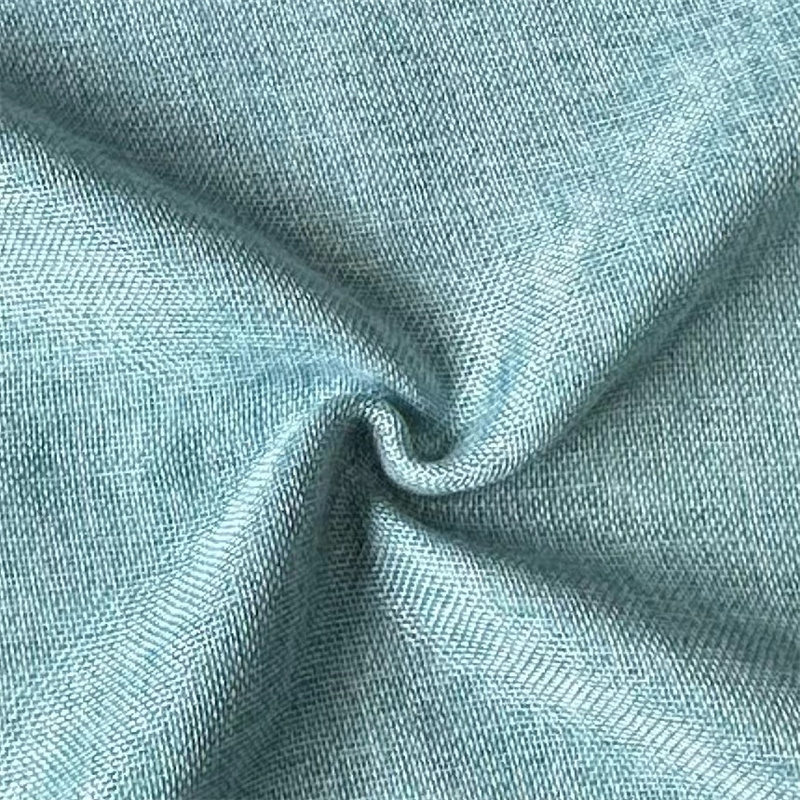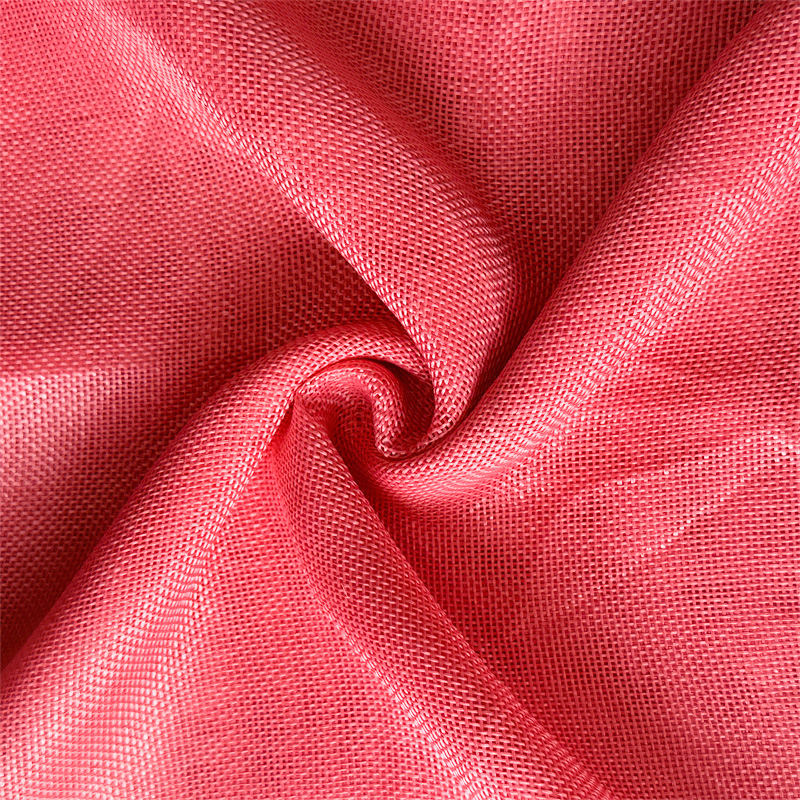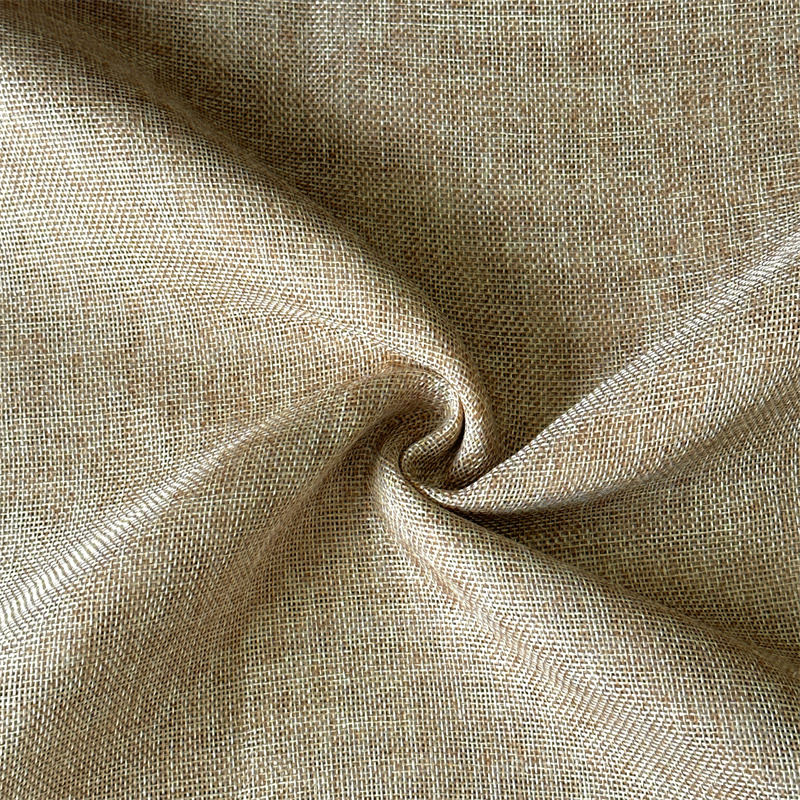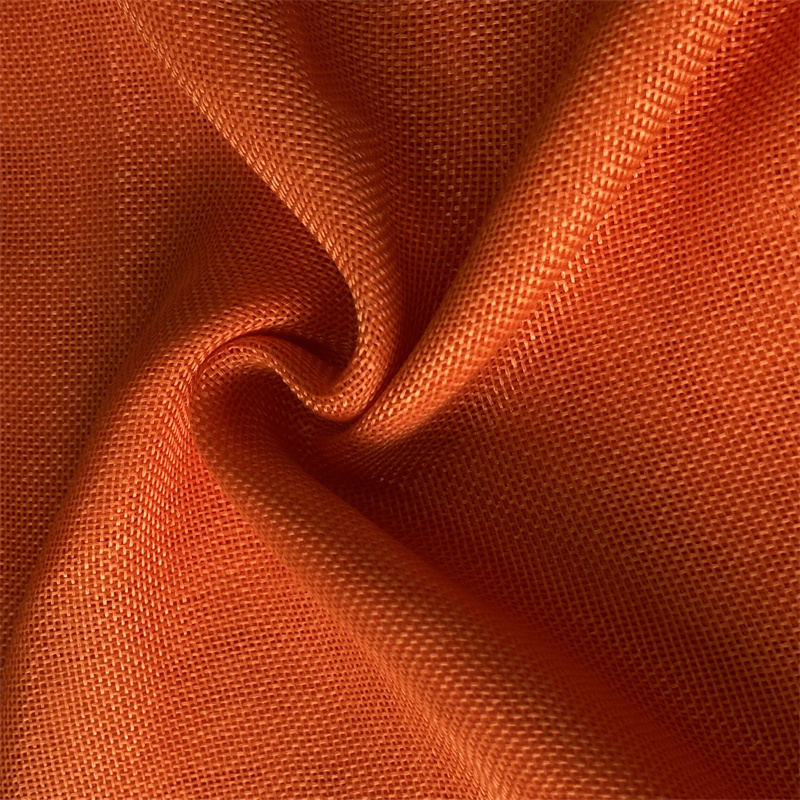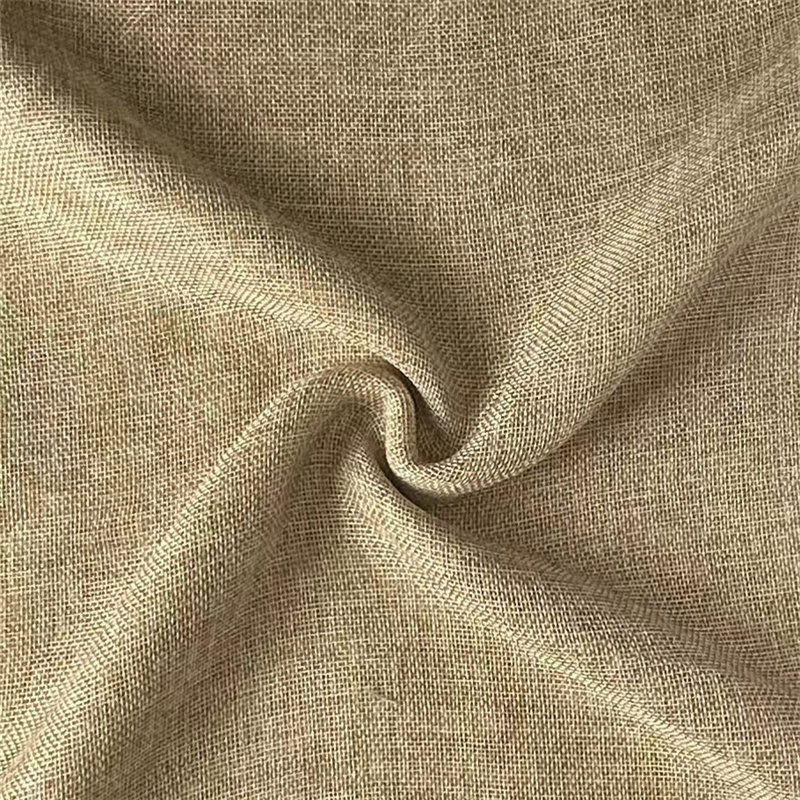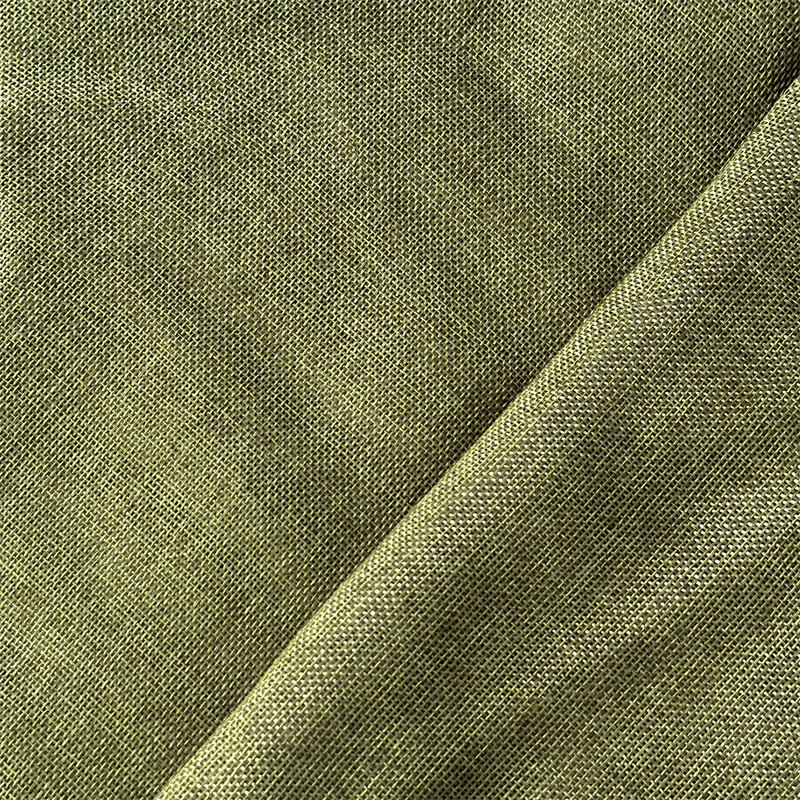Silk has been revered for centuries as a luxurious and delicate fabric, often associated with wealth, elegance, and opulence. However, despite its undeniable beauty and tactile qualities, real silk can be difficult to care for and is highly susceptible to wear and tear in everyday use. As a result, imitation silk fabrics, which are made from synthetic fibers designed to mimic the qualities of real silk, have gained popularity. These fabrics offer many of the visual and tactile benefits of silk but at a more affordable price point and with better durability for everyday use.
In this article, we will explore how the durability of imitation silk compares to that of real silk in everyday use, examining factors such as wear and tear, maintenance, resilience to environmental factors, and longevity.
1. What Is Real Silk and Imitation Silk?
Before discussing the durability differences, it is essential to understand what separates real silk from imitation silk.
1.1 Real Silk
Real silk is a natural fiber produced by the silkworm, primarily the Bombyx mori species, in the process of spinning its cocoon. The fiber is known for its unique combination of strength, softness, and luster, making it one of the most coveted textiles in history. However, real silk is also delicate, requiring careful handling and maintenance. It can be damaged by exposure to sunlight, moisture, abrasion, and harsh chemicals.
1.2 Imitation Silk
Imitation silk, often referred to as artificial silk or silk-like fabric, is typically made from synthetic fibers such as polyester, nylon, acetate, or rayon. These fibers are engineered to resemble the appearance and feel of real silk but with improved durability and ease of care. The term “imitation silk” can refer to a wide range of fabric types that are designed to replicate the luxurious look and smooth texture of silk but at a lower cost.
2. Durability in Everyday Use
When it comes to durability, real silk and imitation silk perform very differently in daily scenarios. While both fabrics are highly valued for their aesthetic qualities, their wear-and-tear resistance and long-term durability can vary significantly.
2.1 Resistance to Abrasion
One of the most important aspects of fabric durability is its resistance to abrasion. Real silk, though naturally strong, is relatively fragile when it comes to repeated friction. Silk fibers are fine and delicate, which makes them prone to damage from everyday activities like sitting, walking, or carrying bags. As a result, silk garments or accessories may develop snags, tears, or holes more quickly than imitation silk.
Imitation silk fabrics, on the other hand, are made from synthetic fibers that are often stronger and more abrasion-resistant than natural silk. Polyester and rayon fibers, for instance, are more resilient to friction and wear, making them less likely to suffer from tearing or pilling during everyday use. This gives imitation silk a clear advantage in terms of durability, especially in high-traffic areas such as outerwear, activewear, or home textiles like cushion covers or curtains.
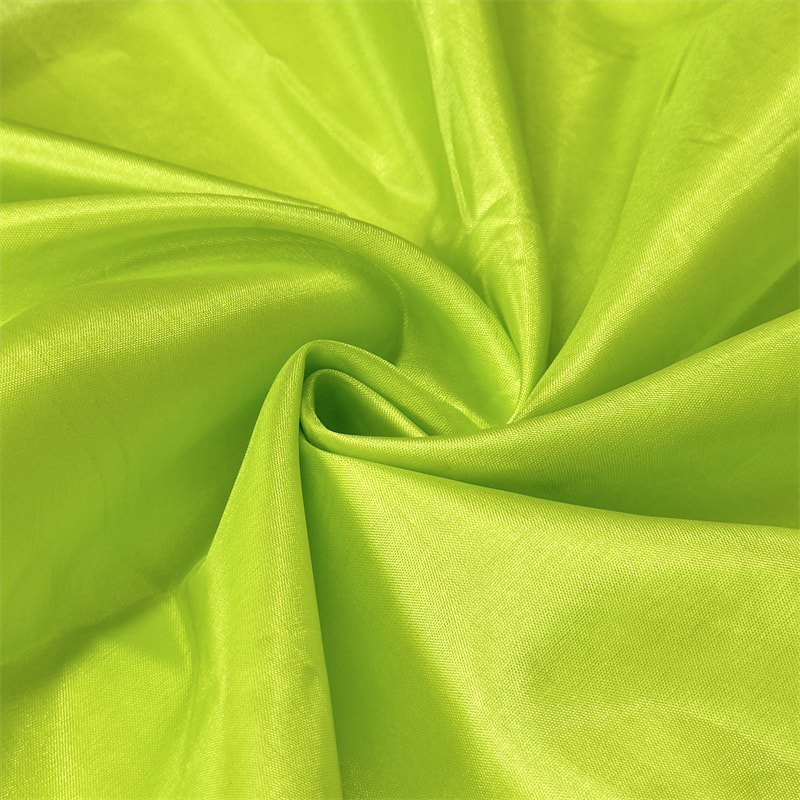
2.2 Resilience to Wrinkling
One of the challenges with real silk is its tendency to wrinkle easily. Silk fibers are naturally smooth and slippery but can lose their shape quickly when exposed to humidity or moisture. This means that a silk garment might look wrinkled after sitting for a few hours or after a wash, requiring steaming or ironing to restore its sleek appearance.
Imitation silk, particularly those made from polyester or acetate, is more resistant to wrinkling. Synthetic fibers are inherently more elastic, which means they can retain their shape better than real silk. Garments made from imitation silk are generally less prone to creasing and may not require as much maintenance in terms of pressing and ironing. This makes imitation silk fabrics much easier to care for in daily life, especially for individuals who need to wear their clothes for extended periods or under varying conditions.
2.3 Sunlight and UV Resistance
Exposure to sunlight and UV rays can cause both real silk and imitation silk fabrics to degrade over time. However, real silk is particularly sensitive to UV exposure, as the natural fibers can break down more quickly when exposed to direct sunlight. Prolonged exposure can lead to fading, discoloration, and deterioration of the fabric. This is why silk garments are often recommended for indoor or shade use, especially in hot climates.
Imitation silk fabrics, especially those made from synthetic fibers like polyester or nylon, tend to have greater resistance to UV damage. Synthetic fibers do not degrade as quickly as natural silk, and they are less likely to fade when exposed to the sun. This makes imitation silk a more practical choice for outdoor use or for garments that will be worn in the sun, such as summer dresses, swimwear cover-ups, or outdoor upholstery.
2.4 Moisture and Water Resistance
Silk is a natural fiber that is highly absorbent, which means it can absorb moisture from the environment or from the body. While this trait can be an advantage in humid conditions, it can also pose a problem in everyday use, as silk is prone to water stains, mildew, or color bleeding when exposed to moisture. Silk garments need to be dry cleaned or washed with great care to prevent damage, and they may not perform well in wet conditions.
Imitation silk, being made from synthetic fibers, is generally more water-resistant. Materials like polyester and acetate do not absorb moisture as readily as real silk, which makes them more durable in rainy weather, humid conditions, or sweat-prone environments. This water resistance allows imitation silk fabrics to maintain their appearance and integrity for longer periods, especially in clothing worn in outdoor settings or for athletic activities.
2.5 Color Retention and Fading
Real silk is often dyed using delicate processes that can result in vibrant colors but may not always offer long-lasting retention. Silk is prone to color fading when exposed to light, washing, or chemical treatments. The colors on real silk can lose their richness over time, especially if the garment is subjected to frequent cleaning or sun exposure.
In contrast, imitation silk fabrics, particularly those made from polyester or nylon, generally have superior colorfastness. Synthetic fibers hold dye more effectively, meaning that colors are more likely to stay vibrant even after multiple washes or prolonged exposure to sunlight. As a result, imitation silk is often preferred for garments or home textiles that require long-term color retention and less maintenance.
3. Maintenance and Care
The maintenance of both real silk and imitation silk fabrics varies considerably.
-
Real Silk: Silk garments require delicate care, including dry cleaning, hand washing with mild detergent, and ironing on low heat. Silk can also be damaged by rough handling or exposure to harsh chemicals, so it demands a level of attention that many users may find inconvenient in everyday life.
-
Imitation Silk: On the other hand, imitation silk fabrics, particularly those made from polyester or rayon, are typically machine washable and require less specialized care. These fabrics are more resistant to wear and shrinkage, making them more user-friendly and practical for everyday use. Imitation silk also tends to dry faster and is generally more forgiving when it comes to washing and drying.
4. Conclusion
In terms of durability in everyday use, imitation silk fabrics generally outperform real silk. While real silk is prized for its luxurious feel, sheen, and drape, it is relatively fragile and requires high-maintenance care to ensure longevity. It is more prone to abrasion, wrinkling, color fading, and damage from moisture and UV light.
Imitation silk, on the other hand, is made from synthetic fibers that provide superior strength, abrasion resistance, and resilience to environmental factors. It is more practical for everyday wear, offering better color retention, water resistance, and resilience to UV exposure. The ease of maintenance, including machine washing and quick drying, makes imitation silk a more convenient and cost-effective alternative for modern consumers.
While real silk remains a symbol of luxury and elegance, imitation silk has carved out its niche in everyday textiles by offering a more durable and low-maintenance solution for those who want the look and feel of silk without the associated challenges.


 中文简体
中文简体 Español
Español